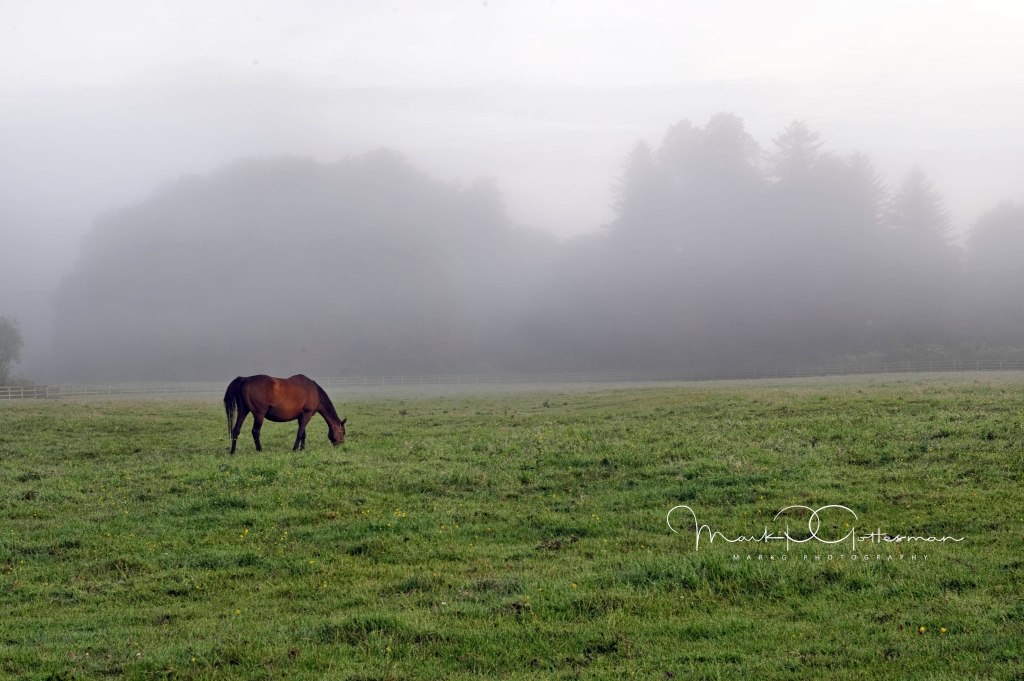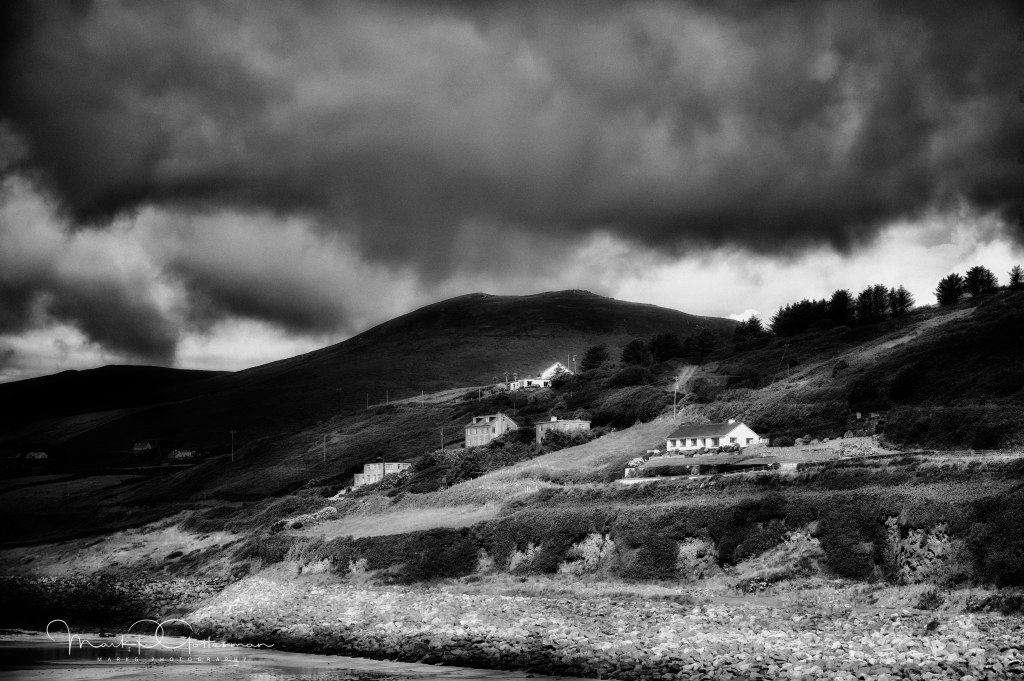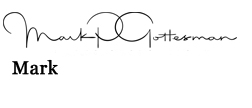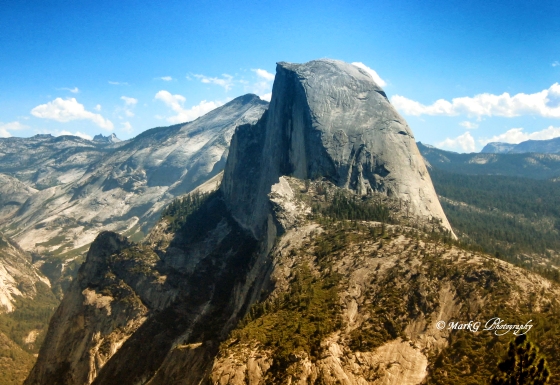
Remember, not everything is a picture. A good eye can edit before the shutter opens. — Craig Coverdale
The conversation has come up again!
First I would like to apologize for my lack of work lately. I’ve been terribly uninspired and just couldn’t find anything to speak about.
Photo Editing – Yay or Nay?
“In a photography group I’m a member of, someone posted an opinion.
This person first makes it clear that they are a beginner. Then this person goes on to say that photo editing is not for them and looses the idea of what a photograph is, changing it to digital art”.
It’s not a word for word quote and I tried to get the essence of what this person is saying. You know all the bad Press lately of editing and the mistakes that has come to light.
Now the answers to this person were very calm and the posters actually tried to explain the necessity of why Photo Editing is used.
Granted I can understand this person’s idea of not wanting to corrupt the original photograph. If we also include the purists of shooting and getting it right in camera, it then looks like editing is made out to be a crutch or savior!
Now let’s get something out of the way to clear the air. Digital Artist’s are an amazing group of highly talented and creative people. There are several areas on the Net that showcase this kind of Art. They happen to use similar tools as us for their vision.
I’m speaking about Photography and Photo Editing, not including transplanting one’s head on another’s body.
Let’s talk about what happens when we depress the shutter as we attempt to capture an image. I’ll try to keep it simple to avoid this from becoming a text book.
When the shutter opens the Sensor is exposed to the light in the scene.
The light sensitive areas on the sensor are triggered and this information goes to the onboard computer to be analyzed and categorized in its algorithm. Landscape, Portrait and so on. If you have the adjustments in the menu’s set for any specific altering areas on the image they are probably added here. Clarity, Contrast, Focusing and any other enhancements you might decide.
These adjustments are made and were created by some Lab Tech in a white coat in a programming room making decisions on what they think your Art should look like. Look it’s not all bad and good for the majority of those who don’t care. Others like me want complete control and don’t appreciate someone half a world away making artistic decisions on my “Vision’s”!
Your image is then put through an algorithm if it’s for a JPG image.
Repeating information from the image like the areas in a Sky of blue or included white clouds. These bits of information are then removed from the image, then the image is compressed into its JPG state and saved onto the Memory Card. As much as 83% – 85% of the details of your image can be discarded in this process.
This is one of the many reasons some of us shoot in the Raw Format.
I refuse to let a complete stranger let alone a computer programmer make creative decisions on my Art. Also it’s my image and those pixels give me the ability to work the image as my creative mind sees fit.
Throwing out my details? Nope!
Running my images in your Algorithms for identification and Categories? Nope!
Oh wait what did I just describe going on here? A simple form of adjustments to your image. Guess What people, these are in the simplest terms called photo editing. Automated yes but still Photo Editing.
So the Purists who say they don’t edit there images? Those images are already edited!
The Raw Image can Not be uploaded onto the Net for viewing. They must be converted into a JPG image before hand so we the viewer can look at them. Guess what? That conversion is also Photo Editing.
So now we have a basic image saved in the Raw Format. Flat, lifeless and now needs to be edited to bring this image to life that we first saw when we depressed the shutter.
To just add, None of the Menu Creative adjustments on the images work or affect the Raw Image. No information is deleted or discarded. This is why the Raw file is soo much larger than the jpg image file.
The built in meter can be fooled by lighting and shadows. The sensor has a limitation in the very bright light areas and can loose details. This is what we call “Blown Out”. We compensate for this by adjusting the exposure to prevent loss of details in these blown out areas. We’ve all seen these images shared on the Net. Background perfectly exposed but the main subject is either too dark or too light! Or the opposite happens. The main subject is perfectly exposed and the background or foreground is exposed wrong by either too dark or too light. Photo Editing can possibly help.
What about poor lighting or even a mistake by the Sensor for overall color balance or contrast? Maybe the White Balance in the image needs to be corrected. How do we do this? Photo Editing of course.
Photo Editing tools give us a way of both correcting and or enhancing our images. Do we have to do this? Of course not. The tools and techniques are there at our disposal. Is this wrong? That depends on how they are used. Lately in the News there has been a number of situations where “Oh No! That image was retouched”! How dare they! LOL
An Artist who works in either oil or some other medium that needs to be applied to a canvas, parchment or paper has several methods available. They have brushes, many different kinds. They have knives or blades that can apply the medium by its edges. Strokes of the Artist’s hands or fingers given different techniques get different results. Charcoal, Pen and Ink, Color Pencils and so on. All have different tools and methods available to make the results look the way the Artist envisioned in the minds eye.
These are Tools that can be used when needed at the Artists disposal.
What would happen if you inform an Artist that they can no longer use some of these tools? At first it sounds like a good exercise to further one’s ability. Look at any painting! Do you ask what was used to acquire a certain look in a certain part of the painting?
Hmmmm OK let’s take this a bit further. In the days before Digital we had to develop the film first. Then when we get the film back from the darkroom we take these to be printed. Where you might ask? Back in the Darkroom.
You see creating an image in Photography was always a multiple part process. We shoot the film, then develop the negatives, and then finally printing these images by manipulating the light to enhance the final product.
Today we still have a darkroom but now it’s on our Computers. The Digital Darkroom.
Have a Great Weekend
Mark







